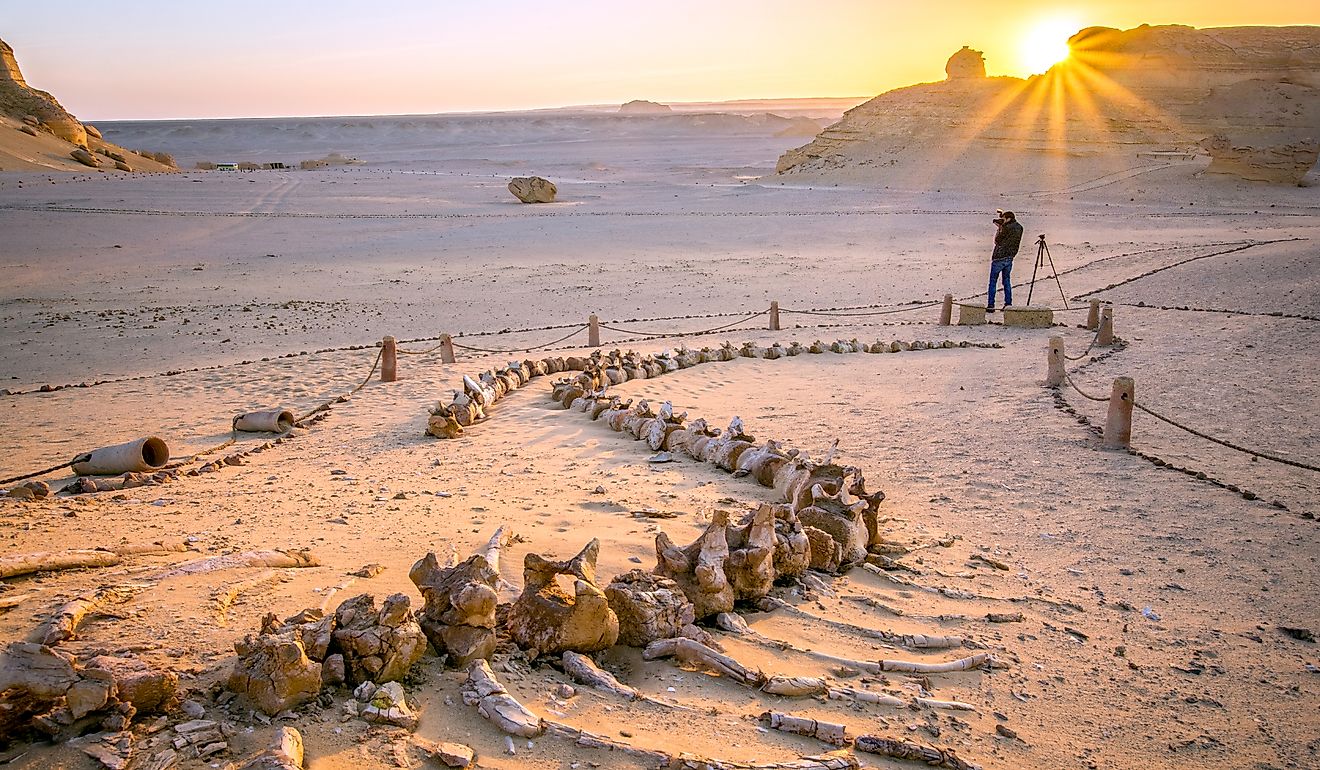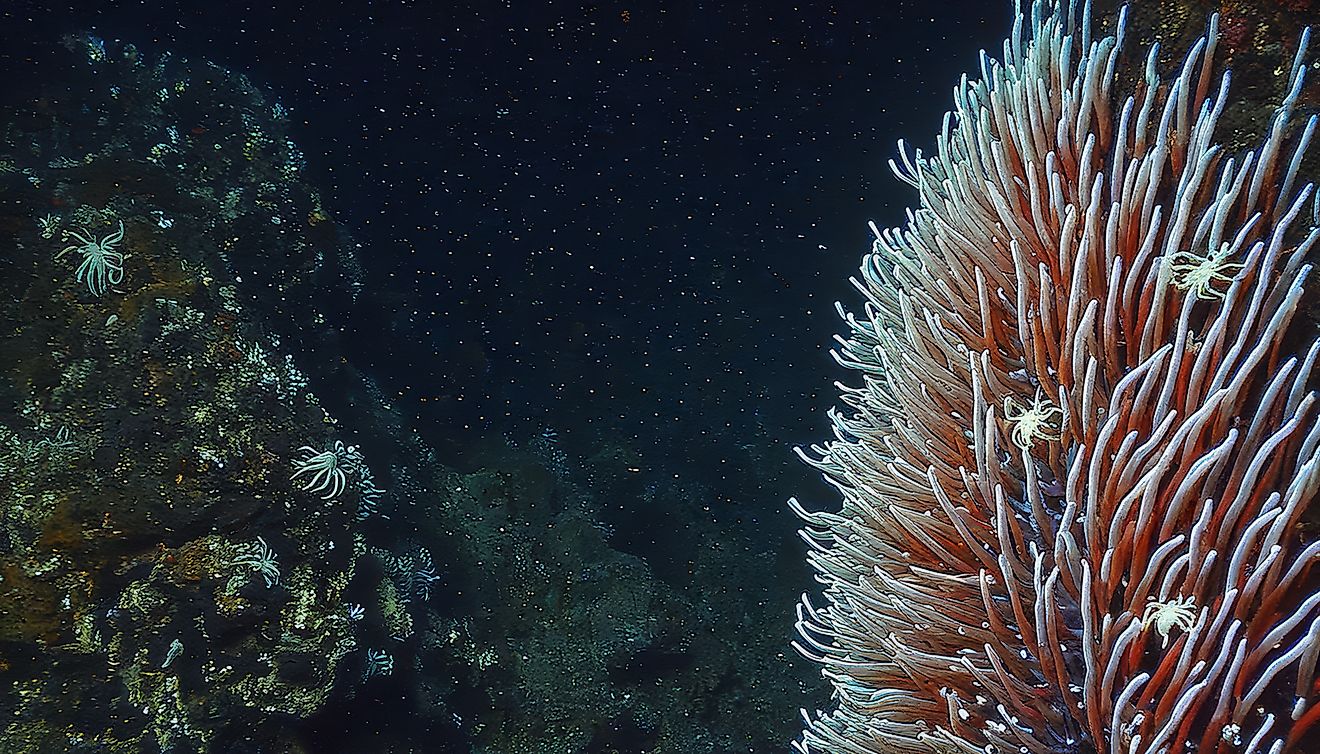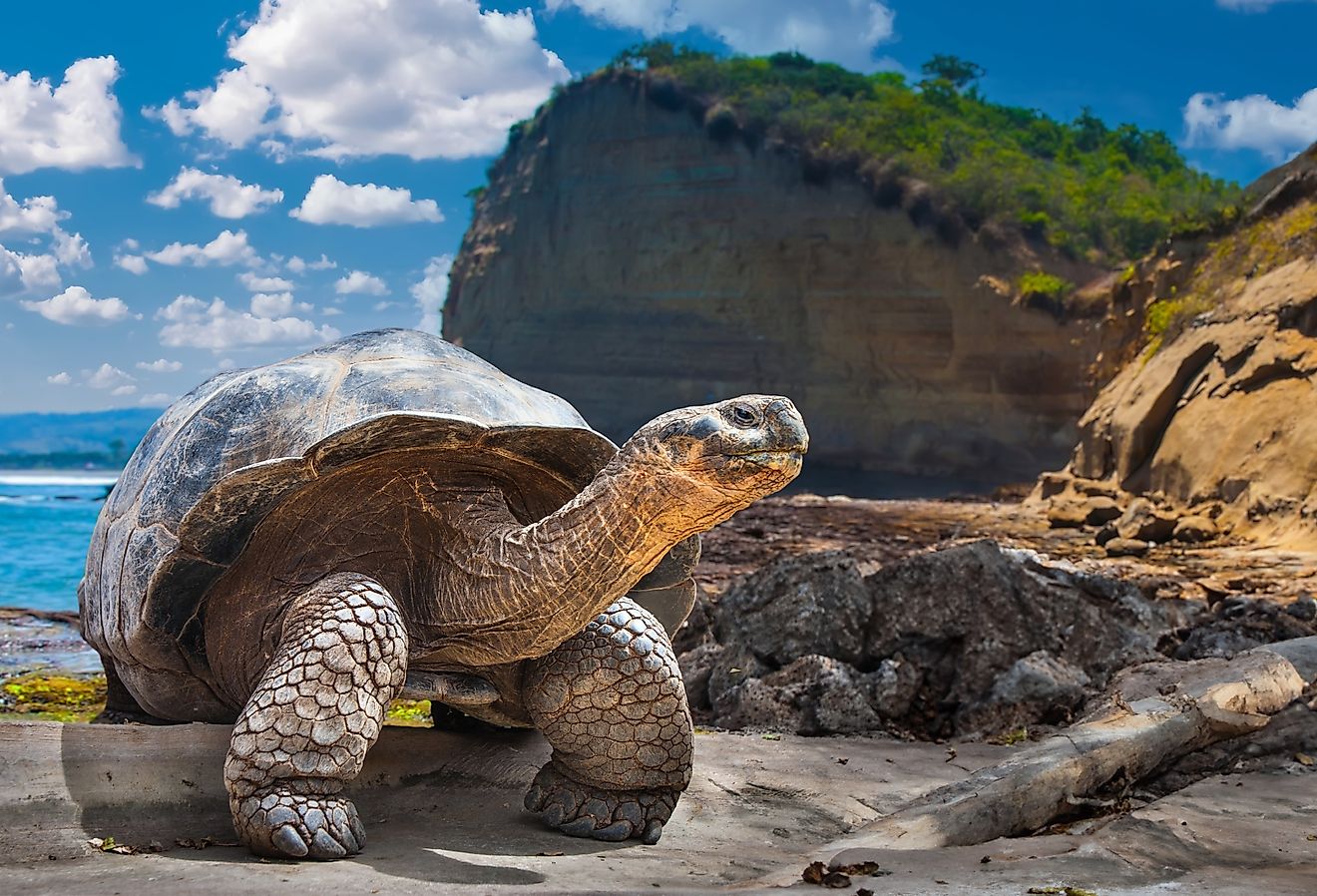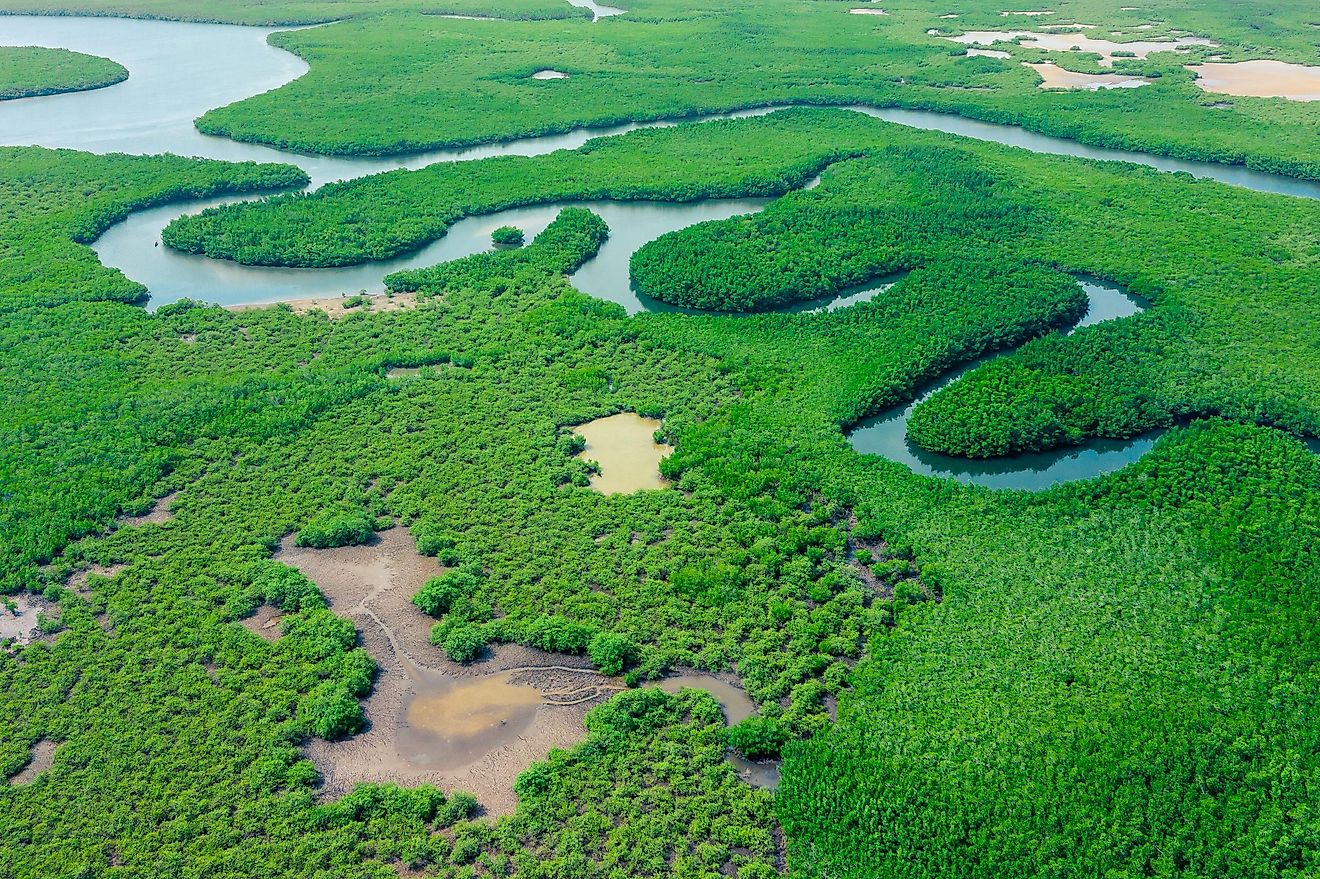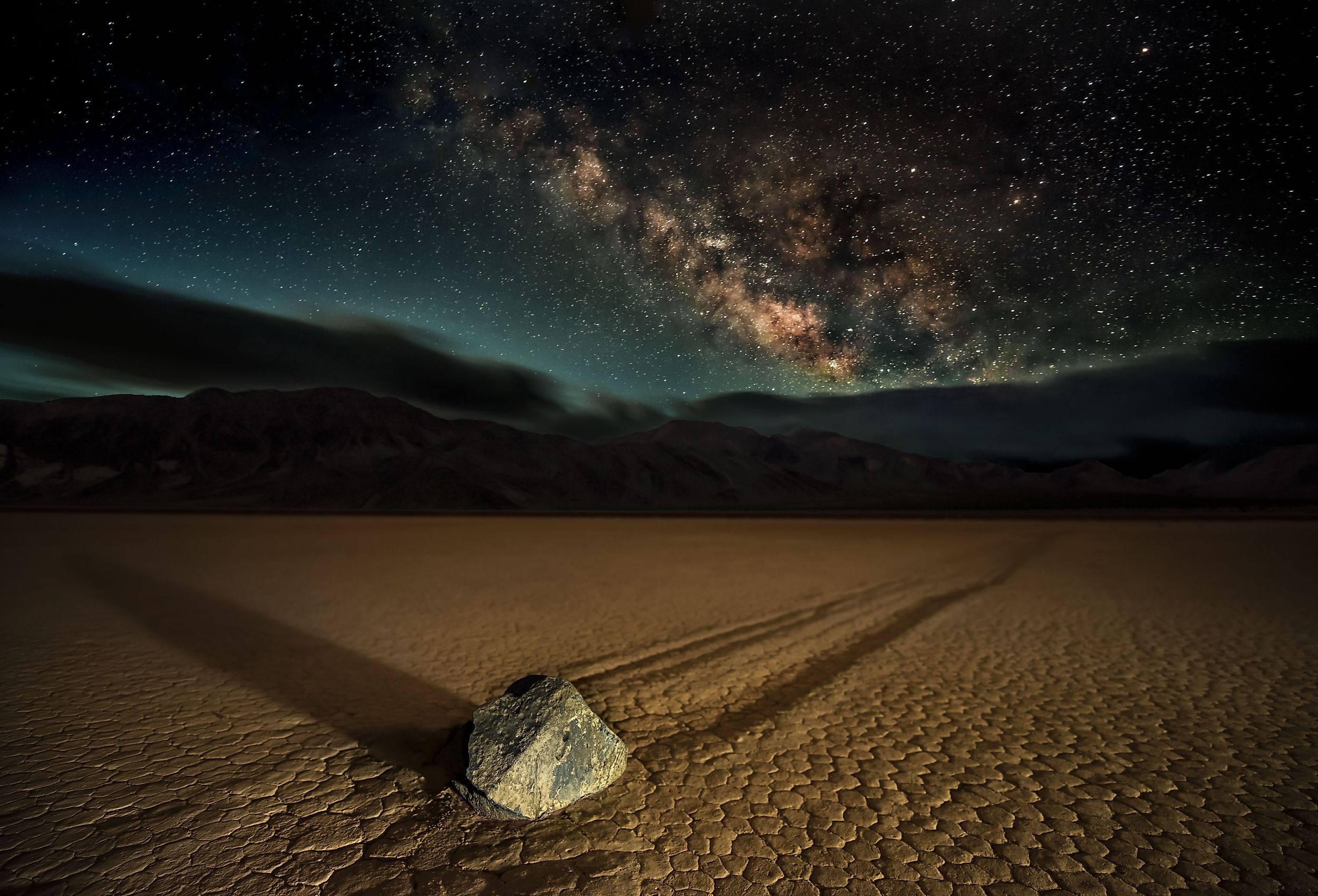
One In A Billion Moments In Nature
Nature is a miracle. The fact that anything exists at all is enough to halt one in their tracks, should the unnatural distractions of modern life abate for even a moment in the hustle and bustle of modern life. There is a wealth of incredibly rare, breathtaking phenomena, sentient life and dynamic ecosystems found on this planet. From mountains to mycelium, there are no mundane sides of this organic kingdom. But at the same time, certain events strike in a way that pulls us contemplative mammals deeper into the intricate laws (and who knows what else?) that govern everything. Here are some of the most amazing and highly rare occurrences observed across the globe.
Ball Lightning
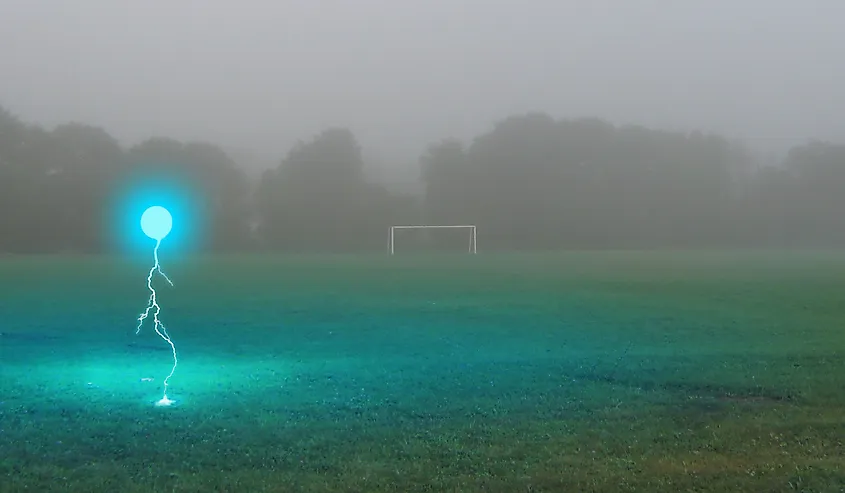
The mysterious colored orbs (sightings have confirmed blue, orange, and yellow thus far) known as ball lightning are so rare and mystifying that scientists still are not entirely sure what to make of them. Long thought to be the figment of hallucinations or gullible exaggerations, ball lightning has been formally observed in nature (most notably by a team of Chinese researchers who accidentally recorded the phenomenon during a 2012 thunderstorm), and has been reproduced in a laboratory setting. These glowing, electric agglomerations of ionized air (or so one theory posits) are not only associated with thunderstorms but in some cases, earthquakes too. Further research is still needed to sufficiently explain these seemingly supernatural manifestations.
Fire Rainbow
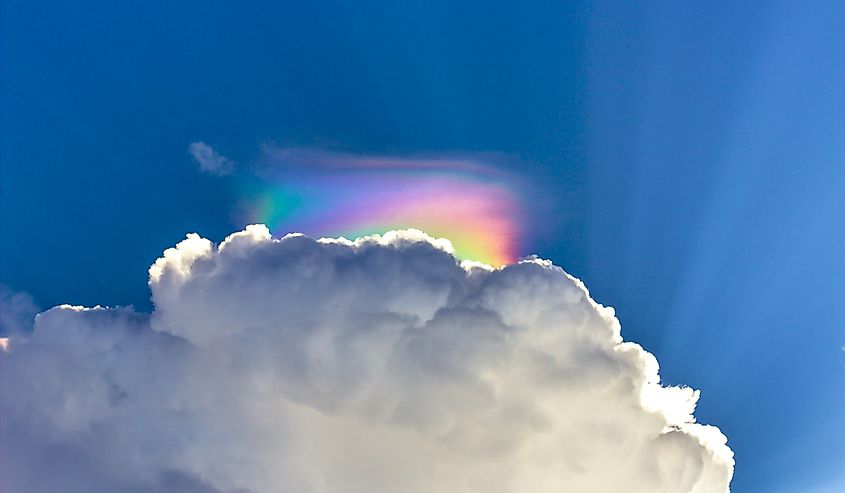
For all the wonderful knowledge and innovation that modern science has put forward, one obvious ineptitude is the propensity to issue boring, categorical names to the natural world. For instance, a circumhorizontal arc refers to bright "flames" that occasionally occur when light refracts in just the right way off of plate-shaped ice crystals in some high-altitude cirrus clouds. Thankfully, someone with better marketing sense coined this alluring sight a "fire rainbow!" While neither a rainbow nor a combustible feature, fire rainbows are magical and exceedingly rare occurrences. Along with the aforementioned criteria, the sun also has to be at least 58 degrees above the horizon, the ice crystals have to be hexagonal and aligned to behave like a prism, the clouds have to be wispy enough to mimic flames, the geographical location has to be at a latitude North of 55 degrees North or South of 55 degrees South, and lower lying clouds have to provide a window to even see the phenomenon when it occurs.
Fire Tornado
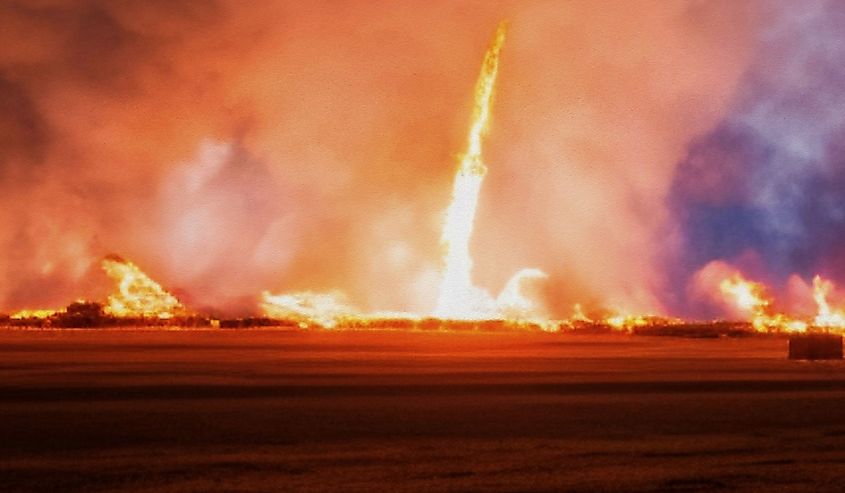
Sticking with the fire theme, a fire tornado (which is exactly what it sounds like this time) is a terrifying, once-in-a-blue-moon occurrence. These blazing swirls of gasses, smoke, and fire are created by a mix of exceptionally buoyant air (caused by a very hot fire) and a stack of shifting winds (i.e. speed/direction and height). The recent increase in Western wildfires (not necessarily frequency, but impact and intensity) has helped to foster the base conditions for fire tornadoes. The combination of climate change and the decades-long over-prevention of naturally-occurring wildfires (which led to a massive stockpile of highly-combustible fuel on the forest floor referred to as a "fire deficit") leads to those extremely hot conditions required for the hellish vortex to form.
The Sailing Stones Of Death Valley
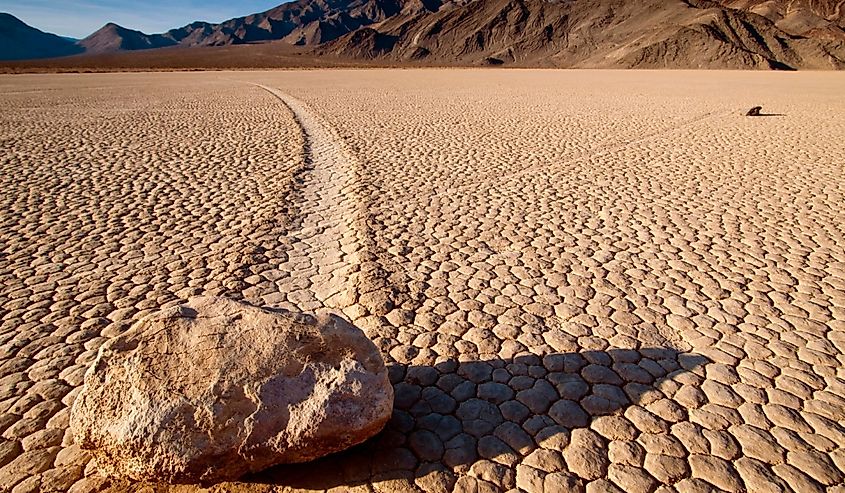
The Southwestern United States Death Valley is itself an uncommon and captivating place. It is the lowest and driest place on the continent and the hottest place in the world. But there is another feature of this inhospitable terrain that captures people's attention. Dolomite and syenite rocks of varying sizes move horizontally (or "sail") across the flat plain of Racetrack Playa, in Death Valley National Park. Since capturing scientific attention in the early 1900s, no one has seen them move in real-time, but the resulting trails (some as long as 1,500 feet) were clear evidence of these curious natural migrations. In 2014, time-lapse cameras finally added indisputable visual evidence to the case. It is thought that the right combination of wind, water, and ice is capable of propelling these stones, which sometimes move in straight lines, but also on meandering paths. While sailing stones have been observed in a few other locations, they are associated most strongly with Death Valley.
Morning Glory Clouds
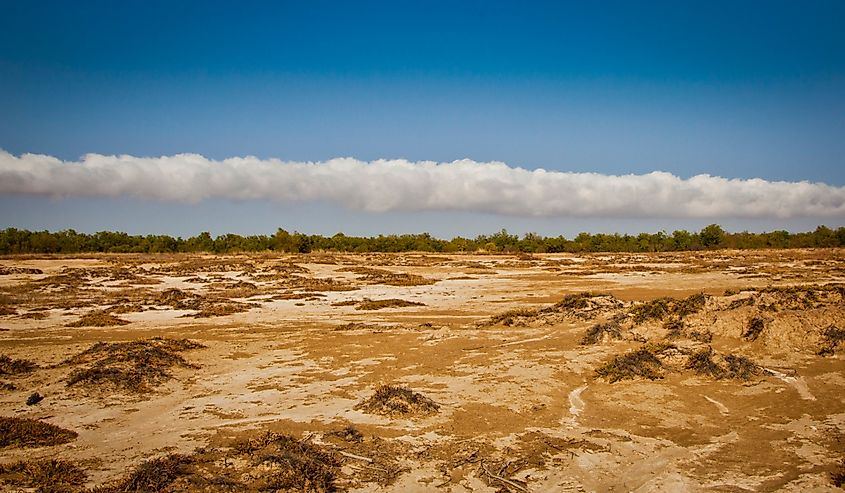
Another cool cloud formation that is not seen every day (or perhaps ever in most lifetimes) is called Morning Glory Clouds. Once in a while, when an atmospheric wave hits just right, long bands of rolled, or "arcus" clouds take shape close to the ground. They range from a mile in the sky to as low as 350 feet above the surface. At the same time, they often span between 500 and 600 miles in length. While these bizarre fluffy tubes can take hold anywhere, the only place on the planet where they can be reliably predicted is Northern Australia's Gulf of Carpentaria, but only between September and November. During this time, the small community of Burketown leverages the spectacle to boost tourism, which sees pilots and gliders coming from all over to frolic along with the unique clouds.
Blood Rains of India
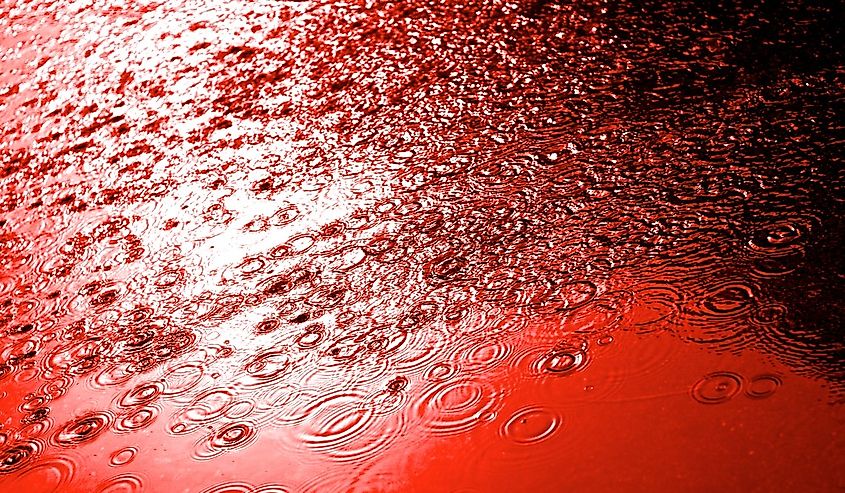
Tales of red rain falling from the sky are not just reserved for the Bible or Homer's Odyssey. There are well-documented cases of this strange (and staining) weather from several regions, but none that rival the three months of sporadic, plague-like precipitation that occurred in the Indian state of Kerala, in 2001. There are multiple reasons cited for blood-like colorations of rain; some more speculative than others. In the United Kingdom, it is well understood that particles carried over from the Sahara can create an ominous effect. But the suspected culprit for Kerala's extended bout of what looked like a horror movie was a species of terrestrial microalgae spores known as Trentepohlia annulata.
The Crooked Forest
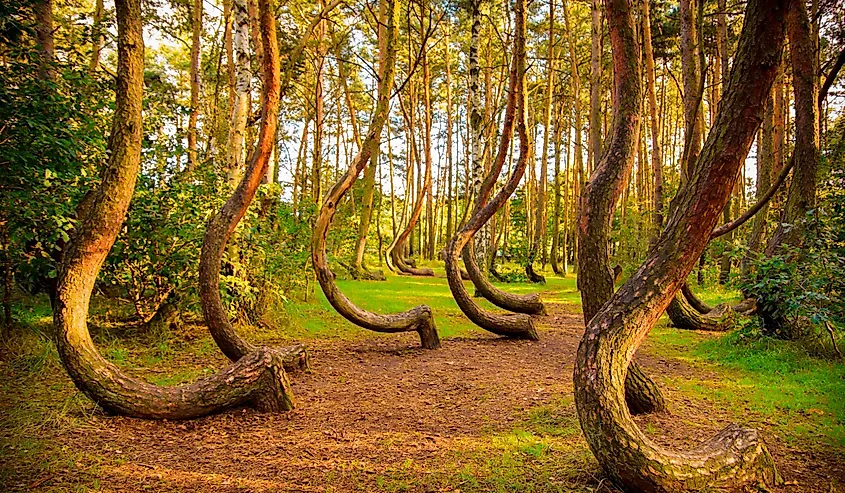
Trees growing in creative and malleable ways is nothing new, but an entire forest curving similarly, and without a satisfying explanation is truly something. In Western Poland, near the town of Gryfino, 400 or so pine trees exhibit a harsh C-shape in their lower trunks – bending between three and nine feet, and at an angle as sharp as 90 degrees, before straightening out. This seemingly-paranormal collection is known locally as Krzywy Las or the "Crooked Forest." It is not known why such a large collection of trees matured in the same way, or why other trees in the nearby area did not. One hypothesis is that these pines were manipulated (either intentionally or unintentionally) by humans early in their lives. This would explain why the curves are solely located near the base, but ultimately, the mystery remains unsolved. Whatever the case, the trees are generally healthy and demonstrate the adaptive power of plants.
Spotted Lake
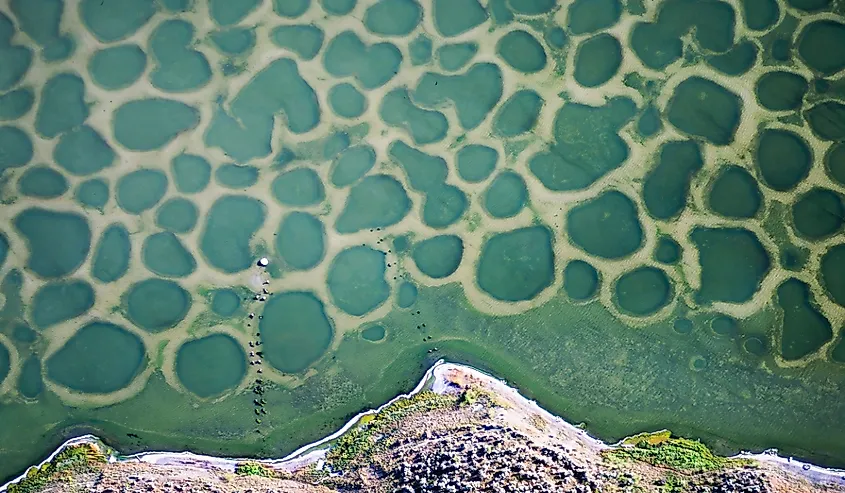
In the Canadian province of British Columbia, near the border with Washington state, the summer tourism town of Osoyoos harbors a surprise. There is a mineral lake full of calcium, sodium sulfates, and magnesium sulfate that appears commonplace in the spring, but reveals its spiritual nature during the summer when the waters partially evaporate. The approximately 365 resulting pools of colorful and chemically-distinct mixtures are what give this small body of water the name, Spotted Lake – or as it is known by the Syilx people who regained ownership of the site in 2001, kłlilx’w. For thousands of years, the First Nations of Okanagan Valley have considered this a sacred place, and still come here to seek healing.
The River of Five Colors
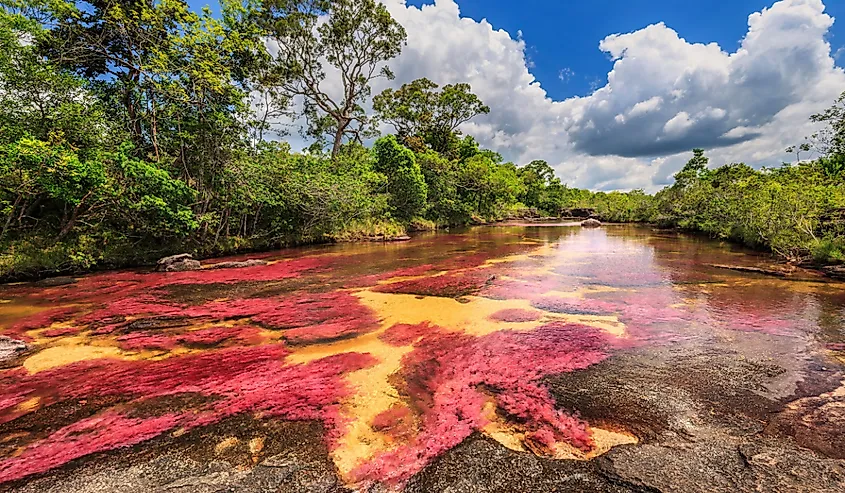
In the remote Sierra de La Macarena National Park of Central Colombia, where the Andes, Llanos plains, and Amazon jungle unite, the Caño Cristales put on quite a show. This 60-mile stretch of rivers, streams, and waterfalls blossoms into a mosaic of purple, fuchsia, pink, yellow, and green – hence the nickname, "river of five colors," or the "liquid rainbow." While the mechanism behind this organic masterpiece is well-understood, the dazzling and isolated effect is in no way diminished. This section of wilderness is filled with a mossy plant called Macarenia clavigera. For at least half the year, this species has a dark-green appearance, but when the rainy season raises water levels (usually between June and November), the playful spectrum of colors bursts forth.
On the scale of an infinite universe, one in a billion moments are bound to occur. A deeper dive into just about anything in the natural world can inspire a pantheistic reverie (such as the hidden life of trees, commensalism, geological epochs, and endless speciation, to name a few), but these nine unusual phenomena are undeniably captivating. Who would have thought that such colors and movements could unfold so passively? So keep your eyes peeled for the extraordinary, but do not forget to smell the everyday roses either.
